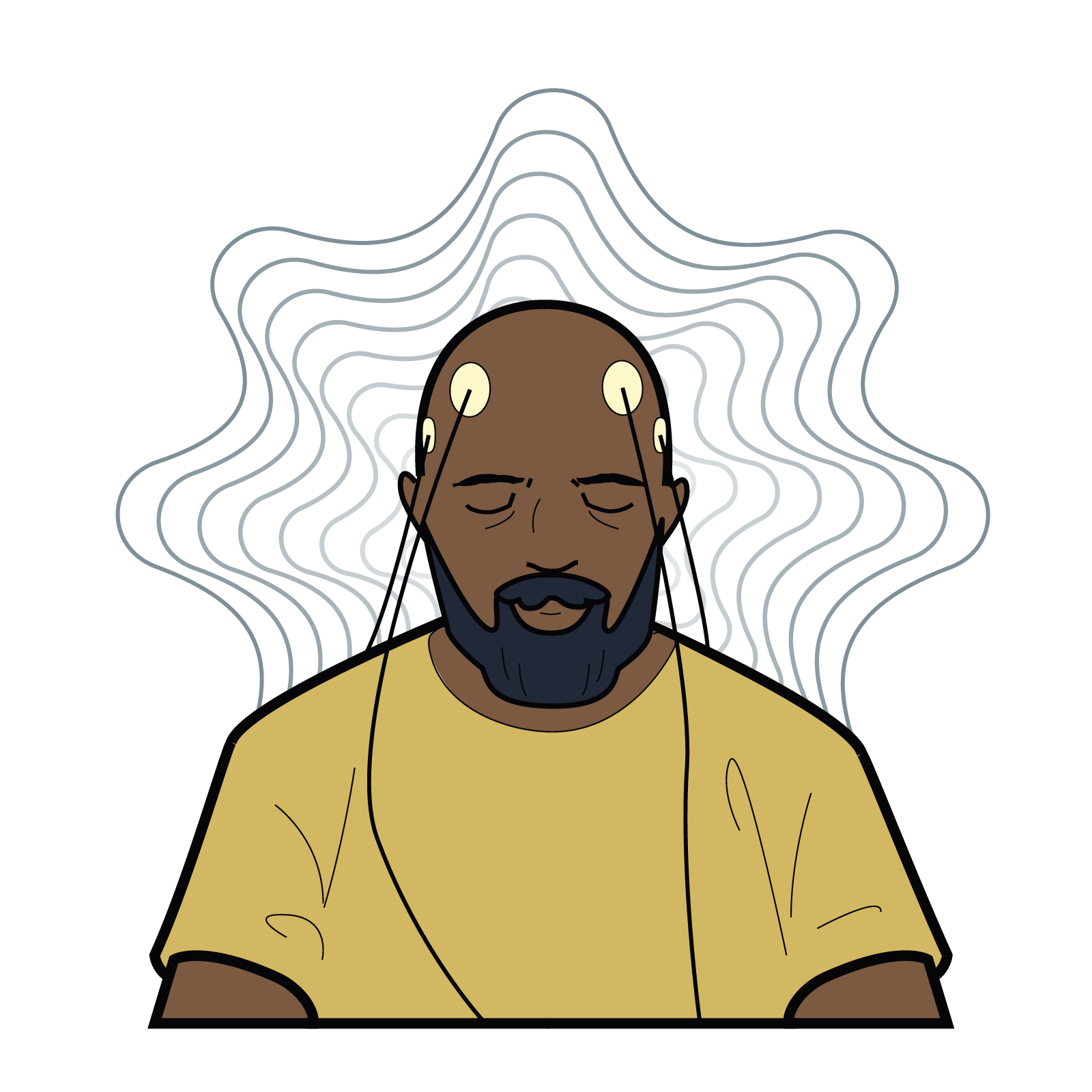Chapter 17. Well-Being
WB.36: Deep Dive – Biofeedback for Stress Management
Approximate reading time: 2 minutes

Another technique to combat stress, biofeedback, was developed by Gary Schwartz at Harvard University in the early 1970s. Biofeedback is a technique that uses electronic equipment to measure a person’s neuromuscular and autonomic activity. Neuromuscular activity refers to the functioning of muscles and the nerves that control them, while autonomic activity relates to the part of the nervous system that controls involuntary bodily functions like heart rate and digestion. Feedback is provided in the form of visual or auditory signals. The main assumption of this approach is that providing biofeedback enables the individual to develop strategies for gaining voluntary control over these normally involuntary bodily processes (Schwartz & Schwartz, 1995). It has been applied successfully with individuals experiencing tension headaches, high blood pressure, asthma, and phobias (Stein, 2001).
Image Attributions
Figure SUP WB.13. Biofeedback by Rachel Lu is licensed under a CC BY-NC-SA license.
To calculate this time, we used a reading speed of 150 words per minute and then added extra time to account for images and videos. This is just to give you a rough idea of the length of the chapter section. How long it will take you to engage with this chapter will vary greatly depending on all sorts of things (the complexity of the content, your ability to focus, etc).

